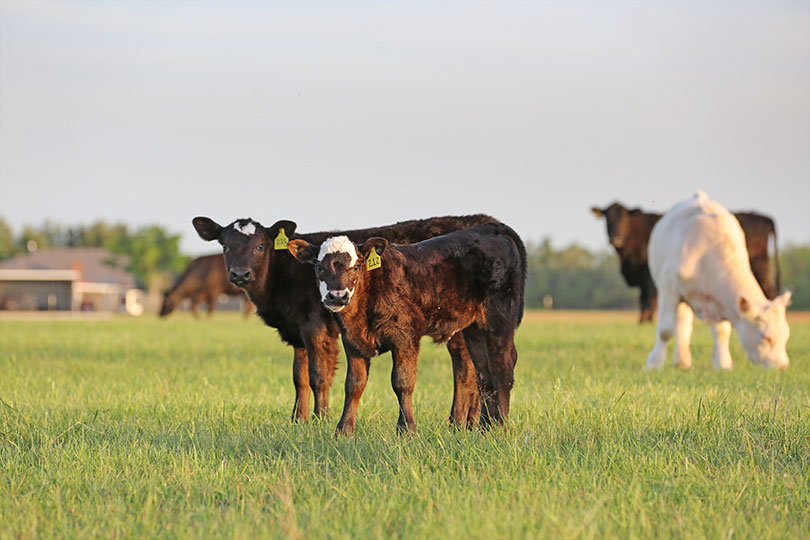By Julie Tomascik
Editor
Cattle prices have hit record highs this spring.
Continued high demand for beef and tightened supplies due to several consecutive years of drought are driving the price increases.
“We’ve had record high prices for calves this year so far, even eclipsing those in 2014 and 2015,” Dr. David Anderson, Texas A&M AgriLife Extension economist, said. “We have the smallest cow herd since 1961.”
Those prices are expected to remain strong throughout the year.
Cow-calf producers are encouraged to consider price risk management strategies to help protect them in strong markets, as well as downturns.
“I think we’re still going to have really good calf prices in the fall simply because we have fewer calves for sale. If ranchers across the country start to expand their herds by holding back some heifers born this spring, then we’ll really see higher prices,” Anderson said. “But what can we do to ensure that?”
Livestock Risk Protection (LRP), which is a crop insurance product, is a flexible strategy that can work for herds of all sizes.
“I think there’s an opportunity to do something to spend a little bit to make sure you’re going to get some good prices this fall,” he said.
How does LRP work?
LRP makes payments when national prices drop below the producer-selected coverage price.
Cow-calf producers may have limited experience with LRP, but Anderson noted the program is easy to use.
“You pay a premium for the level of coverage you want, and then you have essentially locked in an insurance price or value of your calves,” he said. “When we get to the end of the period, if calf prices have fallen, then you get a payment just like an indemnity payment on any kind of insurance.”
The premium is subsidized by the U.S. Department of Agriculture, which Anderson said can make it a more attractive option because the premium can be slightly lower.
“If prices collapse before you sell, then you have insured a higher price,” he said. “If prices go up, fantastic, because I’m going to sell my calves at higher prices, but I am out the premium.”
LRP can be purchased at any point during ownership of the calf. But Anderson noted the time to purchase LRP is at the end of the day after the futures market closes.
“Go to your insurance agent and lock in the day’s price for your insurance product after the trading stops,” he said.
What if drought conditions creep back in this summer and calves need to be sold sooner?
“That’s okay. In fact, there is a window around that for normal marketing. Remember, it is price driven, so it’s driven off of your selected calf prices, not necessarily when you’ve sold those animals if you had to sell early,” he said.
Why LRP?
LRP is designed to help the producer come out ahead in the long run.
“It’s an option to have some ability to protect yourself from price variations,” Anderson said. “If you’re really worried about events that might drive down cattle prices, this can give you some peace of mind, and it’s another tool to manage price variability.”
On-farm strategies
Controlling costs, evaluating production risks and ensuring herd health are also ways that ranchers manage risk throughout the year.
“That’s the stuff everybody does every day, and what they’re really doing is managing risk,” Anderson said.
Despite higher retail prices, beef demand remains strong.
“These are pretty exciting times. We have rising cattle prices, and the next few years should help make up for some bad years,” he said.
Other risk management tools
There are other price risk management tools for cow-calf producers to take advantage of, including futures contracts.
That tool, however, includes a contract size of 50,000 pounds, which might be larger than many cow-calf producers can commit to.
More information
For more information on LRP, visit rma.usda.gov or talk with your crop insurance agent.


Leave A Comment